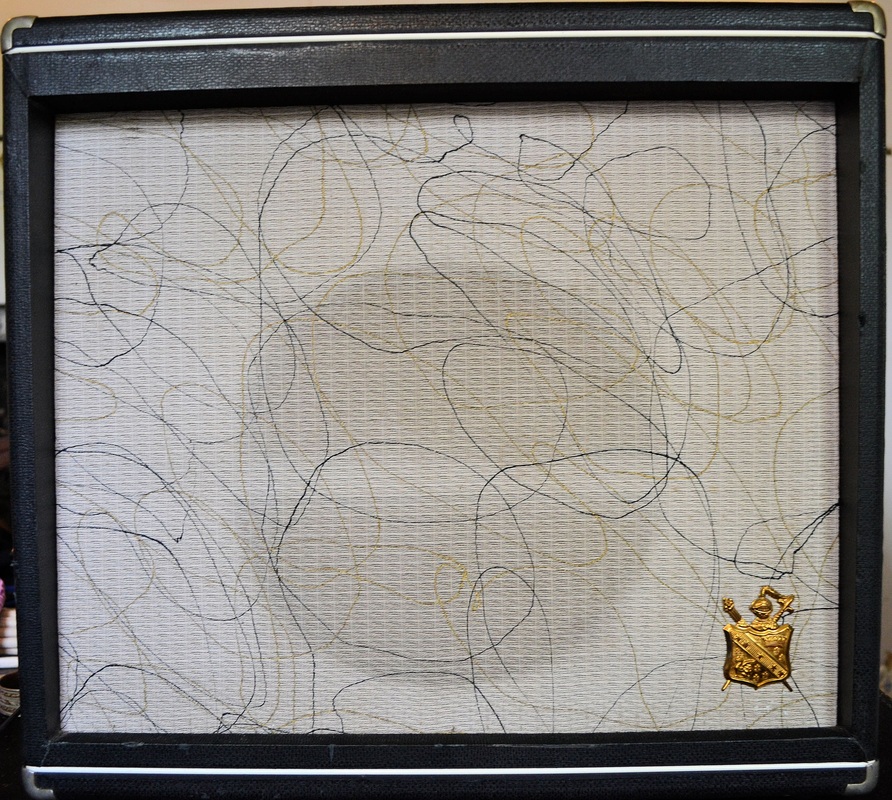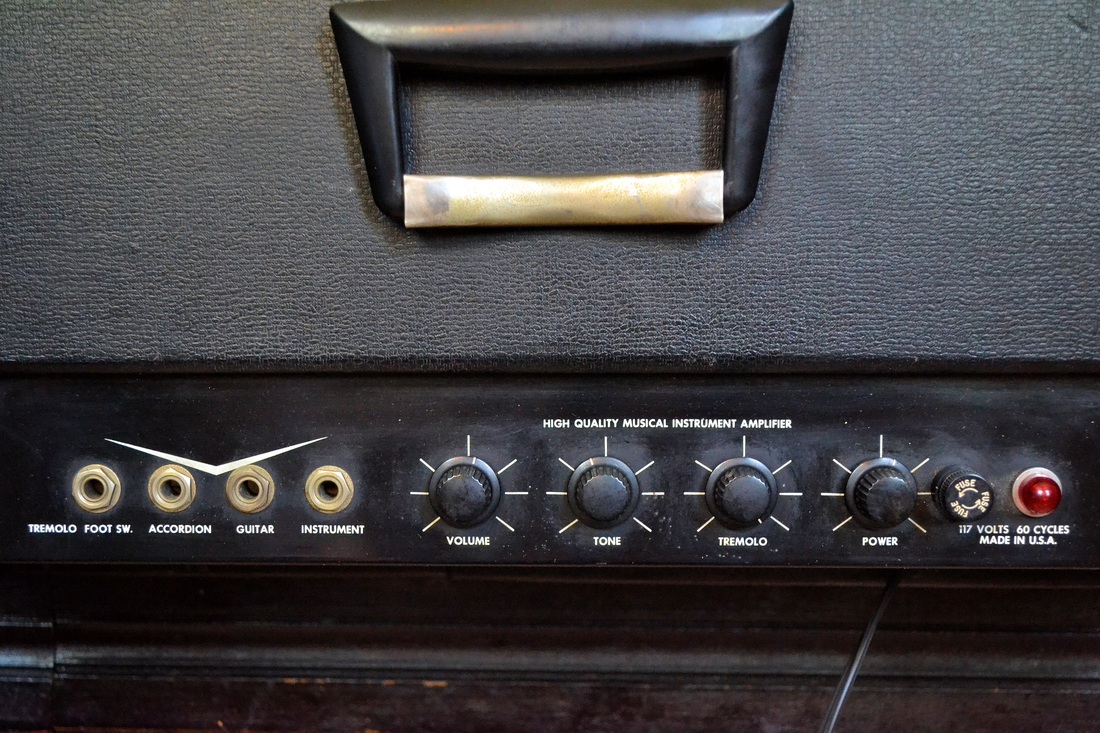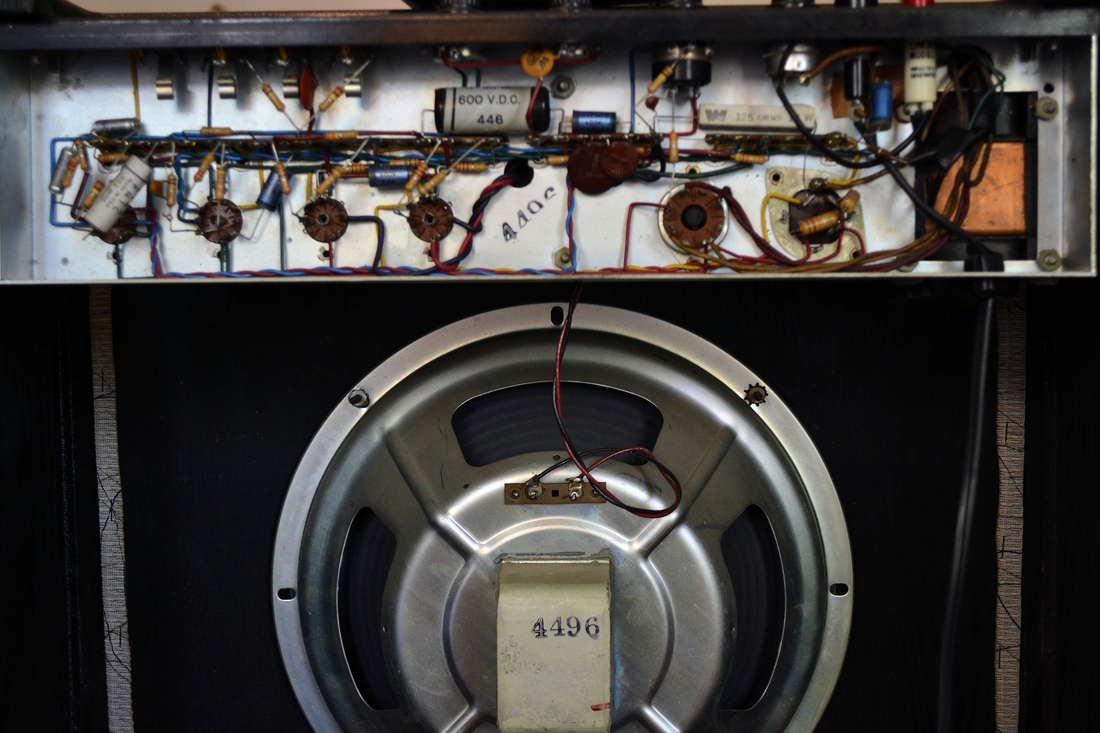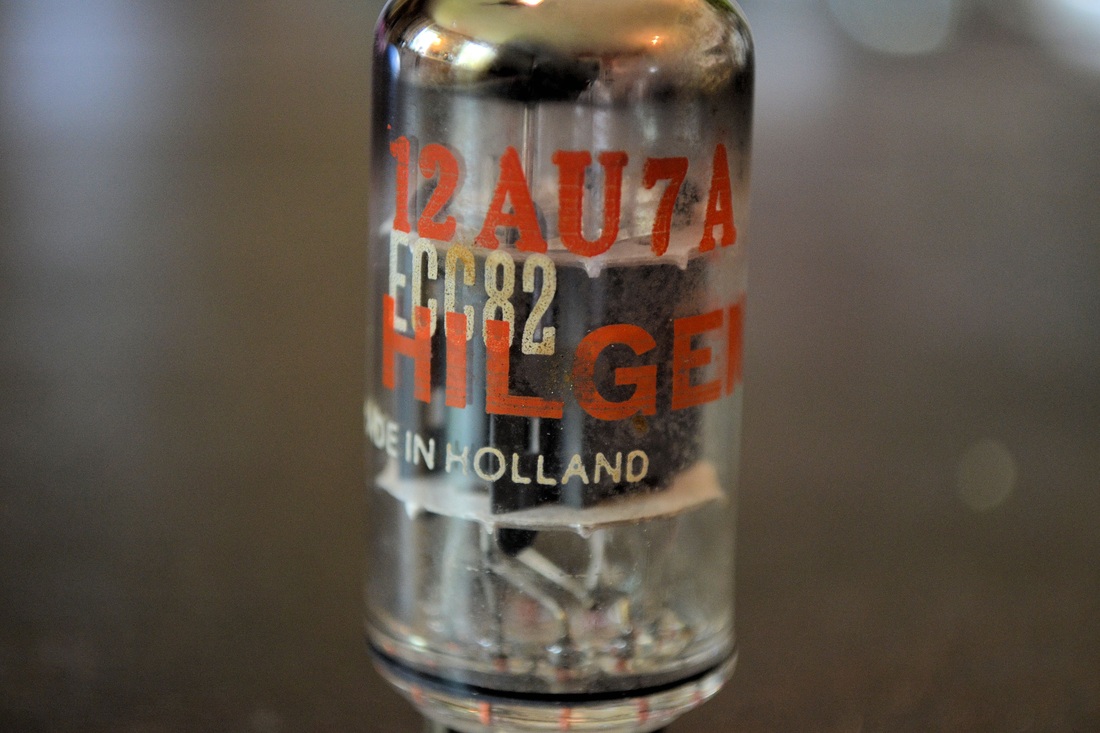And yet on another hand:
And...
However, there's no arguing with:
The amp is a challenge to date thus far. Remarkably, I have found no date codes or any other identifying information on the speaker. The pot codes are atypical. They begin with the code, "CM25880." The internet reveals no EIA code that matches it. Following that code are the numbers, "6430." Typically, that would indicate that the pot was made in the 30th week of 1964, which coincides well with my working timeline for when Jack Gentul started Hilgen.
I wonder if Jack wired this himself? It's beautiful workmanship.
More to follow.





 RSS Feed
RSS Feed